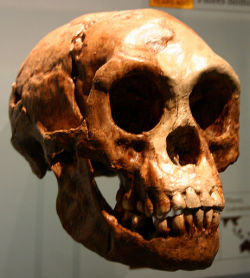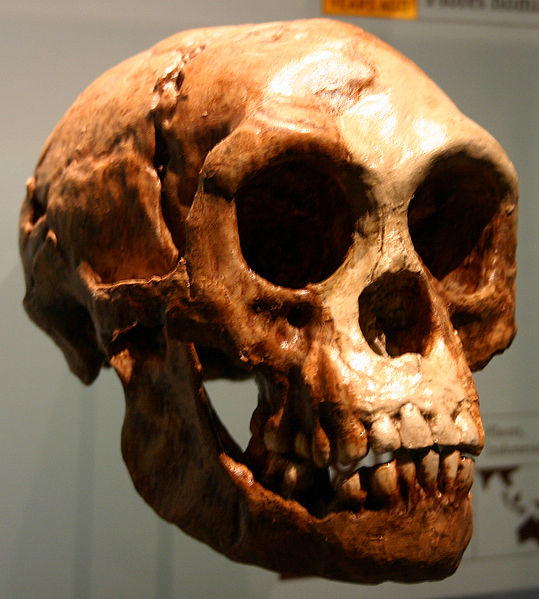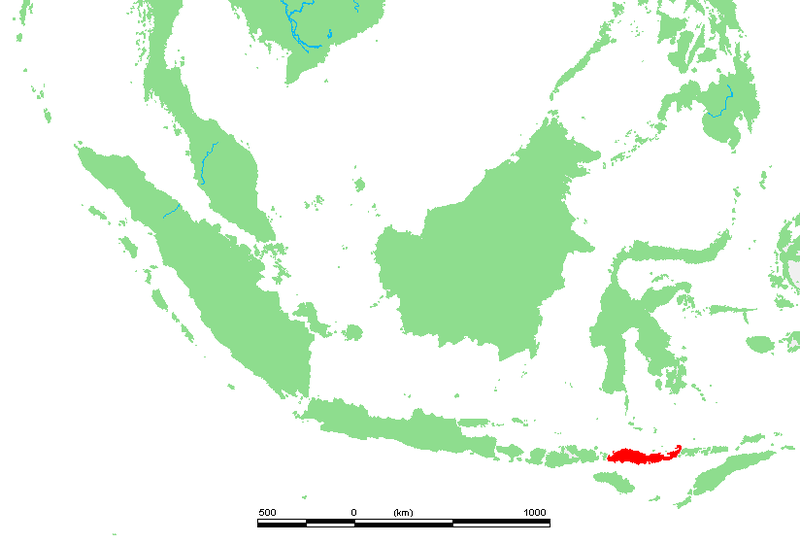
Two recently conducted studies now suggest that the famous “Flores Man” or Homo floresiensis bones, popularly known as the “hobbit”, is actually an example of an abnormally developed ancient small-bodied modern human (Homo sapiens), not a separate ancient human species as has been long theorized or suggested by some scientists.
In the first study, an international team of researchers from Pennsylvania State University in the U.S., the University of Adelaide in Australia, the Virginia Tech Carilion School of Medicine, U.S., and the National Institutes of Earth Science in Beijing, China, used standard osteometric measurements and high resolution CT scanning and other published data for comparative purposes to determine that the bones of the single specimen “LB1” (Liang Bua 1) that represented the purported new species was more likely an example of a human of our own species who had an abnormal developmental condition. The facial assymetry and abnormally small measurements of the cranial and post-cranial bones were suggestive of a range of measurements not uncommon to a spectrum of abnormal developmental conditions in modern humans, the researchers maintained. Moreover, as the bones represented only a single individual or specimen, and there were no other comparable corroborating specimens either at the original discovery site or elsewhere in the world, the combination of factors shed doubt on the hypothesis that the bones of the individual represented those of a distinct new extinct species of human.
In the second study, also conducted by an international team of researchers (some of whom were also members of the first study), the authors measured the cranial volume of the specimen by filling the cranial cavity with mustard seed, took circumference measurements of the LB1 and members of the extant Rampasasa population of the area using a tape measure, used corresponding measurements from the clinical and paleoanthropological literature, and analyzed the combined data. In this study they concluded that the cranial dimensions of the single skull, along with other bone measurements from the same individual, are consistent with an individual with Down Syndrome [DS] and that other bones from the same population do not display Down-like characteristics: “The Liang Bua Cave skeletal remains demonstrate the existence on Flores, Indonesia, of a small-bodied Australomelanesian population that conforms with its regional and temporal provenance. Against this background, the abundant pathological signs that mark cranial and postcranial morphology of the LB1 individual establish a very high probability of that specimen manifesting DS.”*
Homo floresiensis has been considered by a number of scientists as an extinct species of human that did not fit neatly into the prevailing models or theories of human evolution. Discovered in 2003 by Australian archaeologist Michael Morwood at Liang Bua Cave on the island of Flores in Indonesia, the remains of the 3.5-feet-tall individual with unusual morphological (physical) characteristics was unearthed along with the partial skeletons of nine other individuals. Associated with stone tools from sediments dated from 94,000 to possibly as late as 12,000 years ago, the individual, nick-named the “hobbit” because of the short stature and large feet, has been the subject of intense debate for years. The individual was the only one among the assemblage of remains that featured a complete cranium.
___________________________
The LB1 skull specimen. Ryan Somma, Wikimedia Commons
_________________________
The island of Flores (shown in red) in Indonesia.
_________________________________
The two studies have been published in the Proceedings of the National Academy of Sciences.
____________________________________________
*Evolved developmental homeostasis disturbed in LB1 from Flores, Indonesia, denotes Down syndrome and not diagnostic traits of the invalid species Homo floresiensis; www.pnas.org/cgi/doi/10.1073/pnas.1407382111
_____________________________________________________
Read about the most fascinating discoveries with a premium subscription to Popular Archaeology Magazine. Find out what Popular Archaeology Magazine is all about. AND MORE:
On the go? Get the smartphone version of Popular Archaeology as an app or as an ebook.
Popular Archaeology’s annual Discovery Edition eBook is a selection of the best stories published in Popular Archaeology Magazine in past issues, with an emphasis on some of the most significant, groundbreaking, or fascinating discoveries in the fields of archaeology and paleoanthropology and related fields. At least some of the articles have been updated or revised specifically for the Discovery edition. We can confidently say that there is no other single issue of an archaeology-related magazine, paper print or online, that contains as much major feature article content as this one. The latest issue, volume 2, has just been released. Go to the Discovery edition page for more information.







